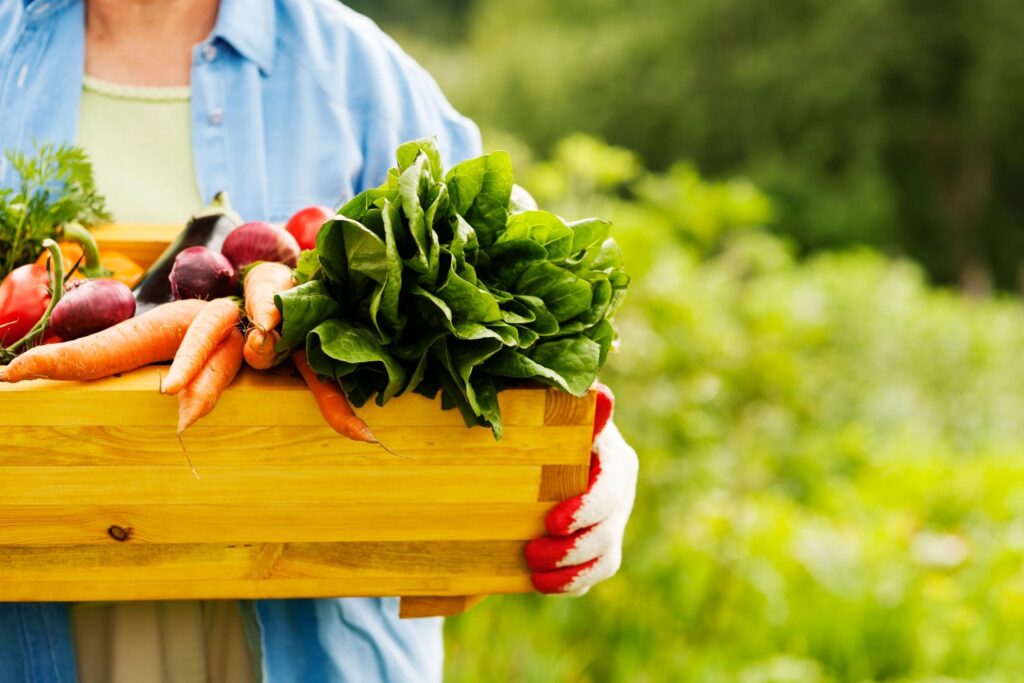The winter produce scene is not nearly as bleak as some may think. Our global economy ensures that most markets have a variety of fresh produce available all year long. However, if you are trying to cook seasonally and locally, you will certainly be bound by a narrower list of ingredients then you enjoyed all summer. No problem. You can still find inspiration in winter’s bounty. Here are some items to look out for at markets now.
Winter Squash – Pumpkins, butternut squashes, acorn squashes, delicata squashes, and spaghetti squashes are readily available this time of year. Delicious and versatile, I recently posted about cooking with winter squash.
Pears – At their peak from fall through winter, pears are delicious for both eating raw and cooking. They can be poached for dessert or sliced and baked in a seasonal tart. Sliced raw pears make a nice accompaniment to a cheese plate and also a wonderful addition to mixed green salads.
Hearty Greens – Speaking of salad, this is the season to enjoy hearty greens such as kale, spinach, bok choy, mustard greens and collards. I use them in soup, salads and side dishes. Rich in color and packed with nutrients, they definitely brighten the winter landscape.
Root Vegetables – Root vegetables are a mainstay of the winter table. Sweet potatoes, parsnips, and turnips are wonderful in warming stews. Celery root, rutabaga and Jerusalem artichokes (sun chokes) are also particularly nice this time of year, at their peak of freshness. I like roasting them and puréeing them into soup.
Cauliflower, broccoli and Brussels sprouts are all part of the cabbage family. Like cabbage, they are among the most nutritious of vegetables. It’s important not to overcook these vegetables as they can take on a bitter taste. I like them raw, chopped and sliced for salads. I also like to roast cauliflower, broccoli and Brussels sprouts by chopping and then tossing them with olive oil, slat and pepper on a baking sheet at 375° for 20 minutes or until fork tender. Cabbage is especially nice sliced raw for a healthy, crunchy slaw. I like to add grated apples and pears to shredded cabbage for a seasonal winter slaw.
Clementines – Where I live, I know that once it turns cold, I can count on finding crates of Clementines at my local market. Small, seedless and easy peeling, these tasty treats brighten any winter day. Best eaten raw, the zest and juice can also be used to brighten salads, dressing, pilafs, marinades and salsas for chicken or pork.
Persimmon – there are two primary varieties of persimmons – Fuyu and Hachiya. Fuyu persimmons are flatter and shaped like a tomato. Hachiya persimmons are more elongated and heart-shaped. Once ripened, Fuyus are your best choice for eating raw, sliced in salads or topped with yogurt, they are delicious. Unripe Hachiyas are inedible. Ripe Hachiya persimmons are extremely soft, almost like a purée inside. The pulp is great for baking seasonal muffins, quick breads and cakes.
Pomegranates – the juicy sweet-tart seeds of a pomegranate make a nice addition to salads and side dishes. To remove the seeds from a pomegranate, use a small knife to cut out the flowering end of the pomegranate. If you look at the exposed flesh of the pomegranate, you will see natural “breaks” or cracks in the fruit. Use a small knife to score the fruit on the outside, from end to end, wherever you see these natural breaks. Then simply pull the pomegranate apart and separate the seeds from the white fibrous pith that binds them.
Cranberries – fresh cranberries freeze well, so buy them by the bagful. In addition to cranberry sauce, they are wonderful in muffins and quick breads. They can also be juiced for use in sauces and dressings.
Winter is also the perfect time for growing a kitchen counter herb garden. It doesn’t take much space and it is a great way to add freshness to any dish. I like to keep parsley, basil and rosemary around. I hope you find that winter produce offers a surprising range of flavors. Let it inspire you to try new things!


Comments are closed.